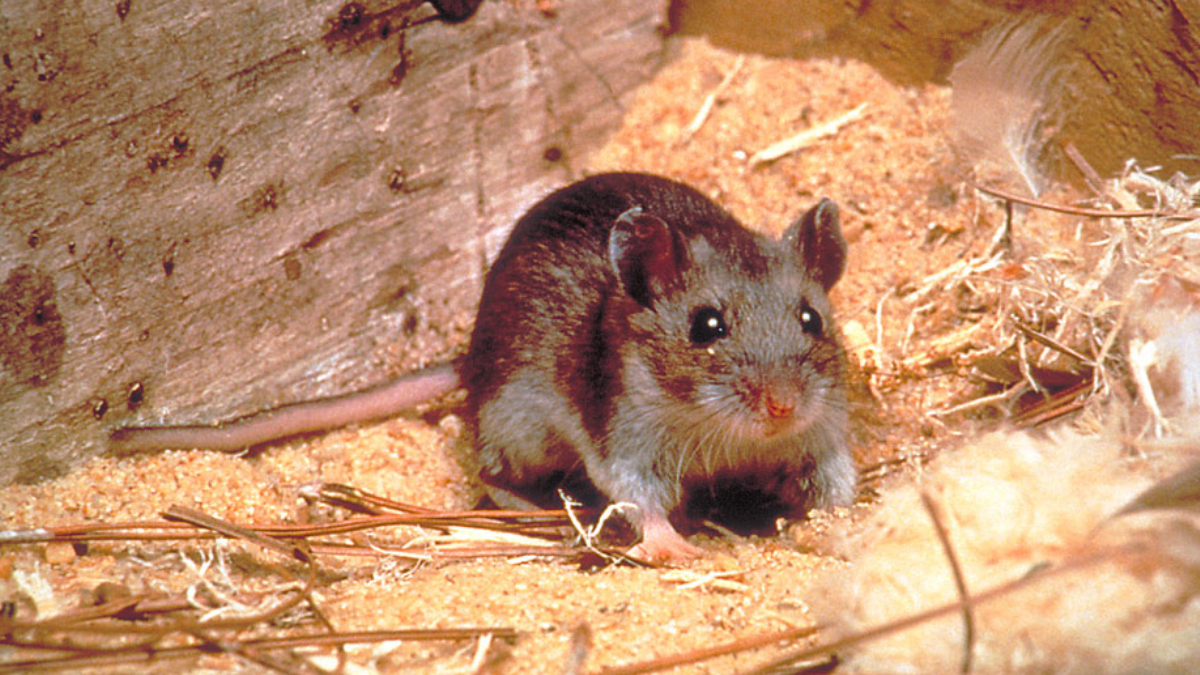What is Hantavirus?
Orthohantavirus known as Hantavirus belongs to a family of infection and virus that are rare but seriously life threatening if not treated well. In the early 1950s, Hantavirus was acknowledged as an infectious disease when a cluster of 3,000 United Nation hordes stationed in Korea and the troop was struck by the same mysterious illness. With caused ten to fifteen percent of the troop perished due to this infectious disease.
Later on, it was suspected as a serious but rare infectious viral disease was served by the rodents as the main epidemiologic vector. Since then it was known as a rodent-borne virus with air-borne transmission.

What is Hantavirus Pulmonary Syndrome?
Hantavirus Pulmonary Syndrome is basically a type of patient in the medical language. A person who is infected with the viral disease called Hantavirus is known as a Hantavirus Pulmonary Syndrome (HPS) patient.
How common is Hantavirus?
Hantavirus is a rare viral disease. The chances are very rare to get infected by this viral disease until you are really not in connotation with rats or rodents because this disease does not spread by person to person. Hantavirus was recognized in the early 1950’s but it was identified as an infectious life threatening disease in 1994 by Canadian researchers after reviewing the early cases of Hantavirus. Being a viral infectious disease Hantavirus is most common in rural areas of the United States, Canada and Asia.
Symptoms of Hantavirus
The symptoms of Hantavirus appear in between the time duration of 1 to 8 weeks after exposure to fresh urine, feces, droppings, bite, or the waste and saliva of mice and infected rodents.
Early Symptoms
Hantavirus mainly harms the lungs, heart and kidneys of a human. Hantavirus is associated with symptoms like fatigue, hemorrhagic fever, flu, hypotension, renal failure, thrombocytopenia and muscle aches, especially in the large muscle groups of the body such as thighs, hips, back, and sometimes shoulders. These early symptoms are universal. Half of these symptoms are experienced by Hantavirus Pulmonary Syndrome (HPS) patients.
Post Symptoms
The post symptoms of Hantavirus start to appear in HPS patients after experiencing the initial phase of illness in between 4 to 10 days after getting infected and may cause worsening situations. The late symptoms include lower blood pressure, cough with secretions and shortness of breath which feel like the lungs are filled with fluid.
How is Hantavirus caused?
This virus is not spread by human to human but it is spread by any kind of connotation with the rodent to human, because there has not been a single documented case of an infected person passing along the virus to another person. Person to Person transmission of this virus has never been reported since then.
Hantavirus is a rare life threatening infection that is spread by animals to humans. The virus is most common during summers and spring. It is caused by some types of viruses that are carried by different kinds of infected the white-tailed mouse, the cotton rat, rodents or rice rats. The infectious virus must transport from the infected rodents that carry it to a person.
Hantavirus requires Airborne Transmission to spread
People can easily contract the infectious Hantavirus through inhalation of droplets of saliva or urine, or through the waste, dust of feces from infected wild rodents, rats and the deer mouse. The virus is mostly spread in the people if they breathe air that has been poisoned by waste or fluids from an infected rodent or rat. The transmission can also occur through contaminated material of rodents when it gets into a human’s broken skin, or possibly, ingested in contaminated food or water. Moreover, the virus doesn’t make the rodents sick.
Treatment or Vaccine for Hantavirus Pulmonary Syndrome
There is no such vaccine or cure that really exists for the people infected with Hantavirus. Yet the only treatment for this infectious disease includes early recognition and medical care in an intensive care unit (ICU) that can help with recovery only if it is diagnosed earlier.
Infected people may be given medication for fever, pain, and coughing and oxygen therapy. The earlier the virus is diagnosed in the patient the better chance of the patient’s recovery.
How long does Hantavirus live?
Hantavirus is a fatal disease with airborne transmission. The ultraviolet rays in sunlight can easily kill Hantavirus and it usually lives up to 2 to 3 days at a normal room temperature.
How to Escape Hantavirus?
Rodent and rat control in and around the place remains the primary strategy for preventing the rare Hantavirus infection. The best way to protect yourself from getting infected by this serious infectious disease is to stay away from deer mousses, rodents and the places where these infectious creators live. The best way to keep yourself saved from this life threatening infection is to avoid any kind of connection with rats and rodents.

